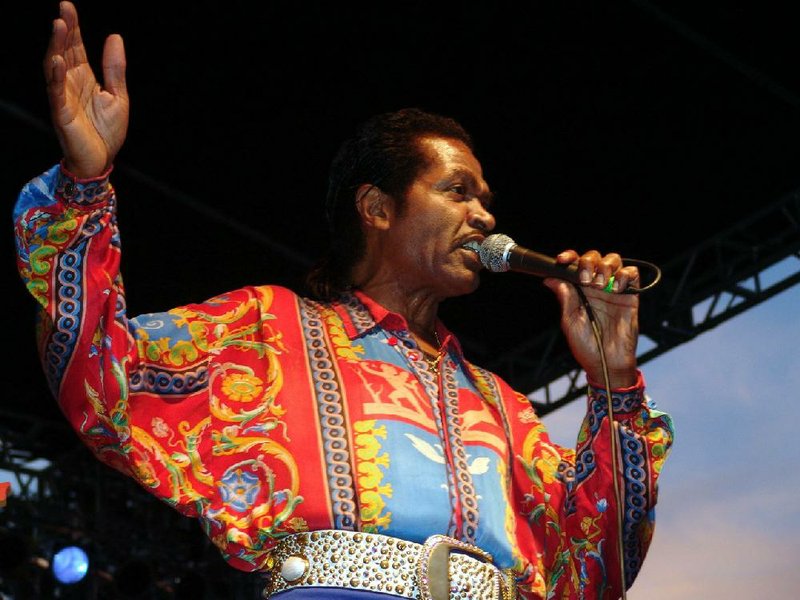MEMPHIS — For 34 years, blues musicians like the late Lightnin’ Hopkins have been honored with induction into the Blues Hall of Fame in Memphis.
Just one problem: There was no actual hall — no museum packed with artifacts and memorabilia, no place where blues fans could visit and learn about their favorite performer. It was a “cryin’ shame,” to borrow one of Hopkins’ lyrics.
There is now. The Blues Foundation opened the Blues Hall of Fame at 421 Main St. in Memphis on May 8. Foundation president Jay Sieleman says the foundation built the Blues Hall of Fame after raising nearly $3 million, finally providing a destination where blues legends can be properly honored for their work in the uniquely American music genre.
“Aw, man, I’m so proud to be living long enough to see this thing come along,” said veteran Mississippi bluesman Bobby Rush, a 2006 inductee who says his age is somewhere between 75 and 81. “You can walk through it, feeling like you were there when the music was done.”
Founded in 1980, the nonprofit foundation has inducted more than 140 performers and dozens of nonperformers into the Hall of Fame, and acquired numerous songs, albums and pieces of literature. Yearly inductions have been accompanied by an awards ceremony.
The inaugural inductees included Bessie Smith, Robert Johnson and Hopkins. This year’s honorees were Eric Clapton, Little Richard and Tommy Brown.
Having a Hall of Fame with no actual building isn’t unusual. The Rock and Roll Hall of Fame inducted members for years before its museum opened in 1995 in Cleveland.
Fundraising efforts to create the blues hall increased in 2011, Sieleman said. Two-thirds of the money was raised from donations from blues fans, while the rest came from Memphis foundations and nonprofits, he said.
Rock musicians Sammy Hagar and Steve Miller, plus pop singers John Oates, Dion and Cyndi Lauper, are among the donors, Sieleman said.
The Blues Foundation moved into a building in the South Main district and built the museum in the remodeled downstairs. The building sits across the street from the National Civil Rights Museum and near art galleries, restaurants and bars just south of the downtown area.
The museum holds clothing, paintings, bronze busts, records and magazines, Sieleman said. There’s also an interactive database where visitors can access biographies, photos, videos, songs and album covers related to specific artists.
Sieleman says most of the people in the blues Hall are blacks who grew up poor, yet they became masters of one of the world’s most influential musical styles.
“This is a validation of their work,” Sieleman said. “These folks never asked for much in their life and never got much in their life.”
Rush says it’s significant that the Blues Hall of Fame is located in Memphis, where W.C. Handy published one of the the first commercial blues songs (“The Memphis Blues”) and B.B. King played his guitar as the “Beale Street Blues Boy.”
“It’s way overdue for Memphis, because Memphis has been a place that always embraced the blues, especially the kind that I do, and old guys like myself do,” said Rush.
For information: blues.org.
